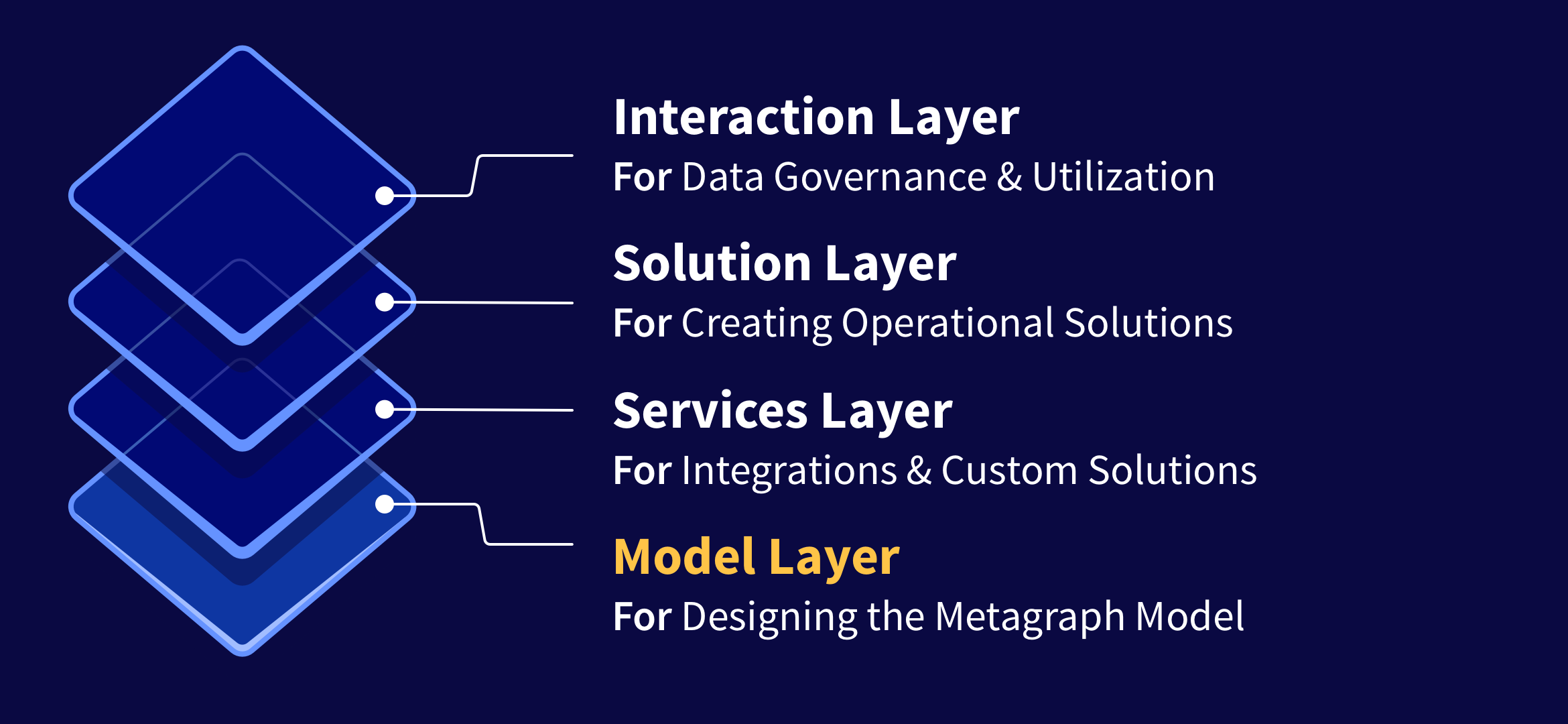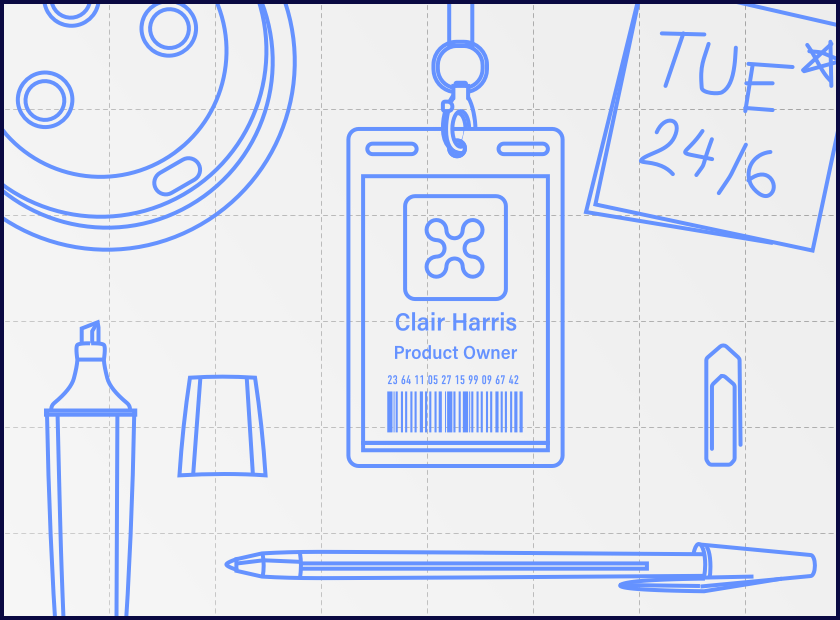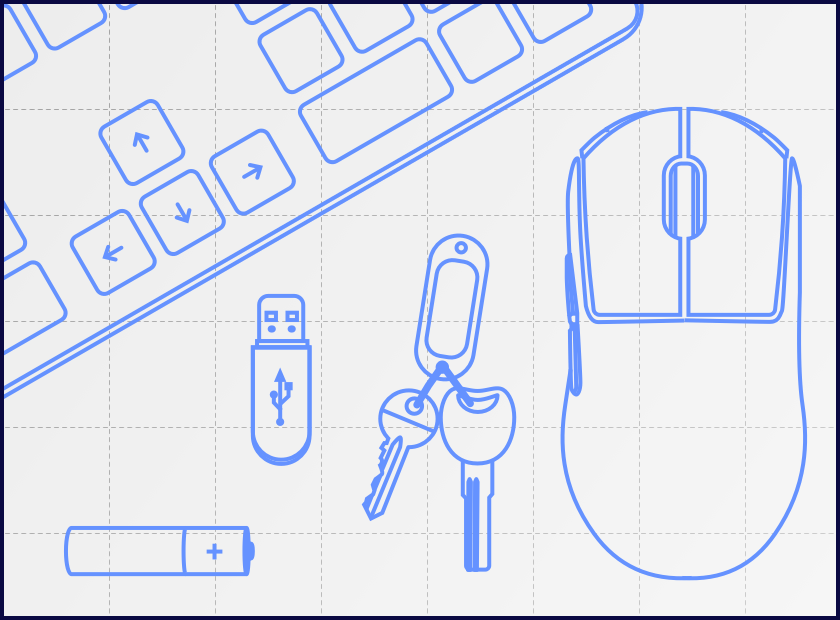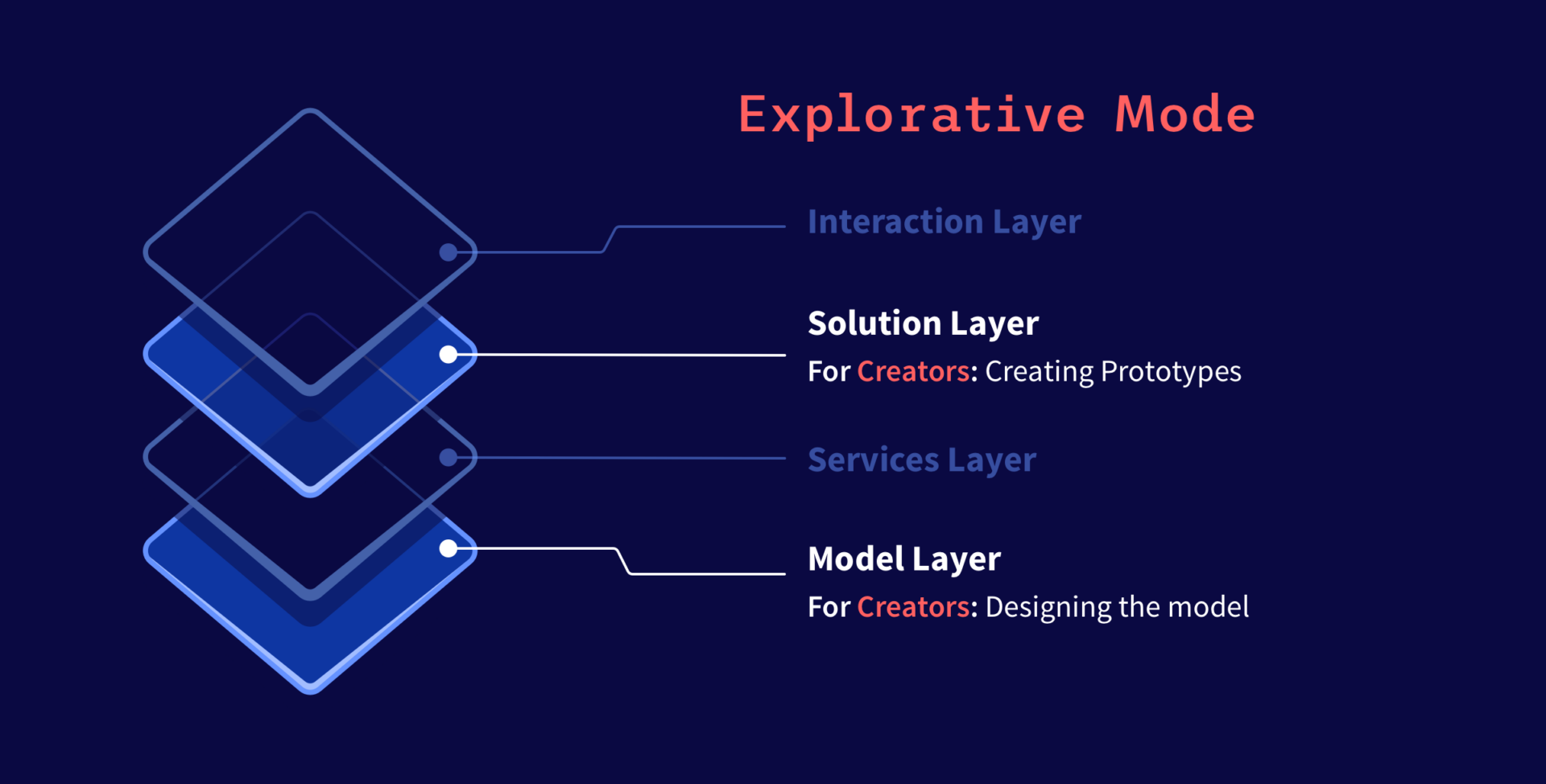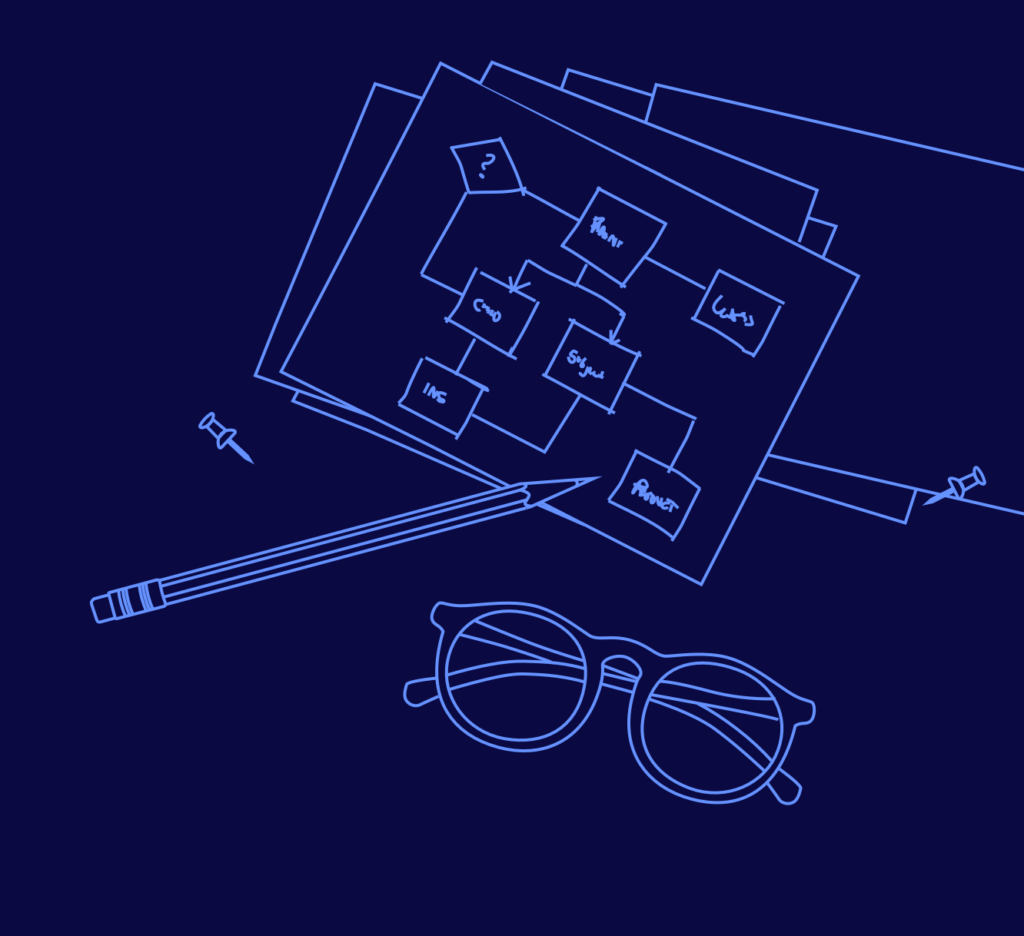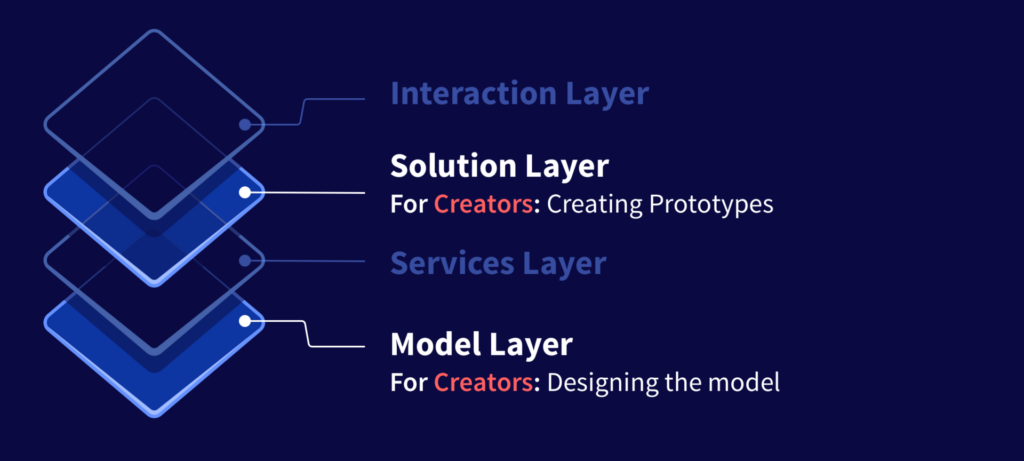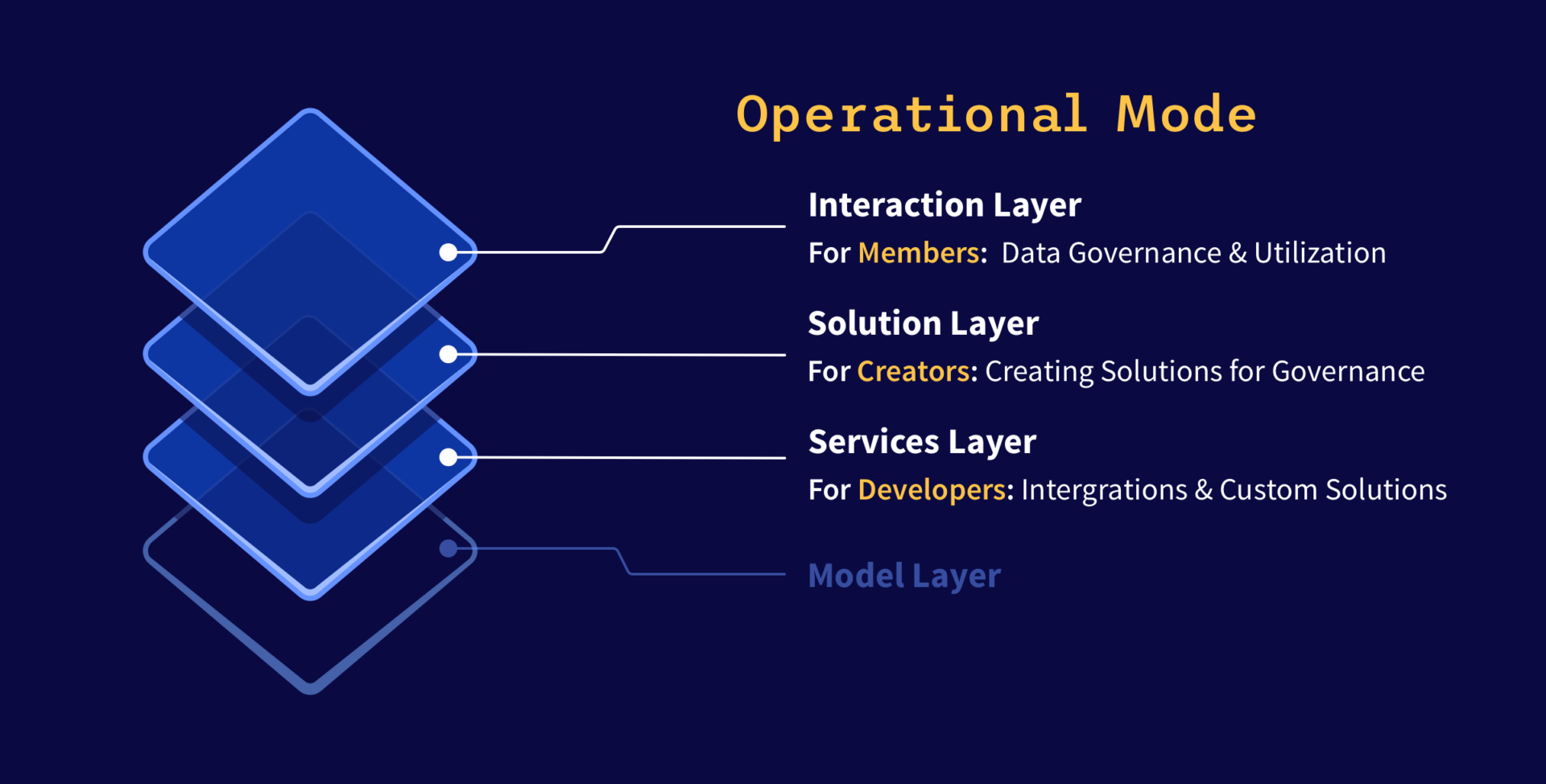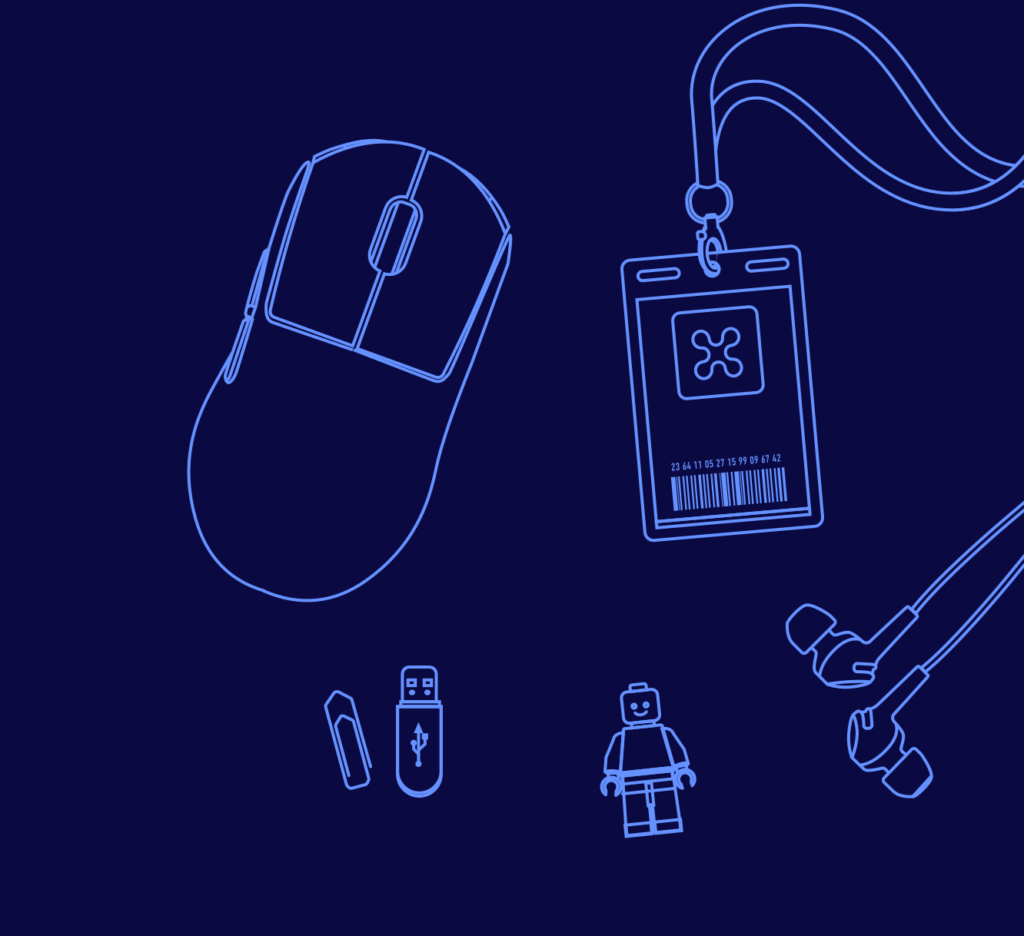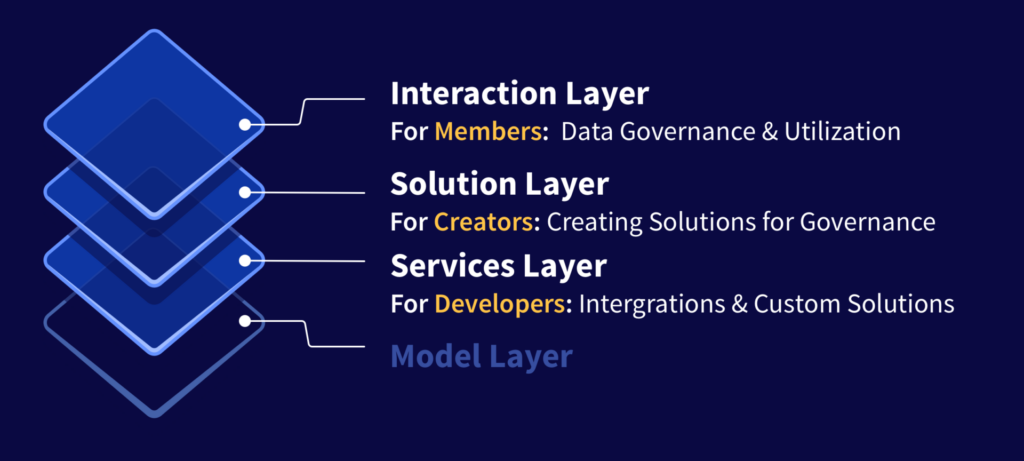Working With inorigo®
The inorigo® platform can be viewed as a stack of four main layers.
Creator
Creators typically with a non-technical background, can rapidly build solutions for members using the off the shelf modules inside the inorigo® platform.
The low code / No code building tools are perfect for Exploration – to put the model to the test. And to implement a fully fledged operational Governed solution.
Creators work with the Solution Layer & Model Layer.
Member
Members can view and interact with Applications, Action flows and Model Diagrams that are shared with them. Typical usage is the management of metadata through governance interfaces. Through the powerful authorization support in inorigo® a federated, role-based governance structure can be implemented and distributed cross disciplines.
The governance solutions can be designed so that members who interact with the data do not need worry about the underlying model.
Members work within Interaction Layer.
Developer
Taking advantage of inorigo’s® powerful Web services like REST, GrapQL developers can build tailored solutions. These can support users in a workflow or automate recurring tasks.
Other solutions can involve scheduling data exchange with surrounding systems, or supporting ML Engineers with Contextualized data Tags.
Developers primary work within the Services Layer .
inorigo® modes
The inorigo® platform offers two working modes designed to facilitate comprehensive understanding and effective data management.
Prototype
The Explorative mode lets creators rapidly design an information and data model together with business stakeholders. The model can be verified by creating different user interfaces/workflows using sample data in a series of iterations without taking any shortcuts.
Clarify
inorigo® tools like the Model Explorer can visualize metagraph models and make them tangible. This visualization serves as a common point of reference for both creators and Members, paving the way for deeper insights, communication and decision making.
Align & Decide
It’s essential for architects, business stakeholders, and IT to agree on a solution to be successful. The inorigo® Metagraph platform caters to all these perspectives. You can build, test, and validate different solutions using Inorigo’s low-code/no-code tools, and then let the three stakeholder groups decide on the best option to be implemented.
Implement & Govern
inorigo® provides powerful tools for governing data and groupings of business concepts like Market Segmentations, Product Ranges, Purchase & Sales. Members can maintain data through manual inputs or employ automation when suitable. By help of the powerful authorization capability it is possible to distribute governance, contributing to maintaining and enrich the common-point-of reference.
Harmonize & Align
inorigo® has tools suitable for mapping external data and structures to a Meta master. It enables the operational IT system’s configurations and data to be mapped against the Meta Master. This way the business can identify inconsistencies and cleanse and harmonize the data to increase quality and trust.
Integrate
One major benefit of a Metagraph platform is applying it as a backbone of a digital eco-system. Once the governance of your business concepts is in place, selected parts of the structure ID’s can be propagated out to operational systems like PLM, ERP, and CRM to create a digital thread through the whole operational value chain.
Integrating data from various sources with the Metagraph verifies the quality and integrity of the data, ensuring that it aligns with organizational needs and standards.
